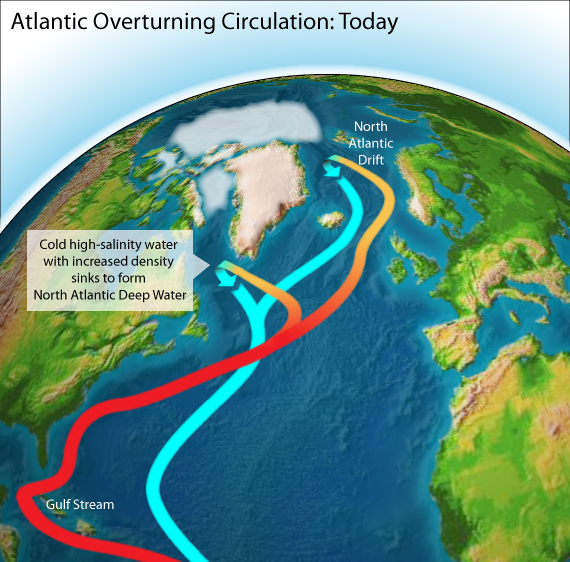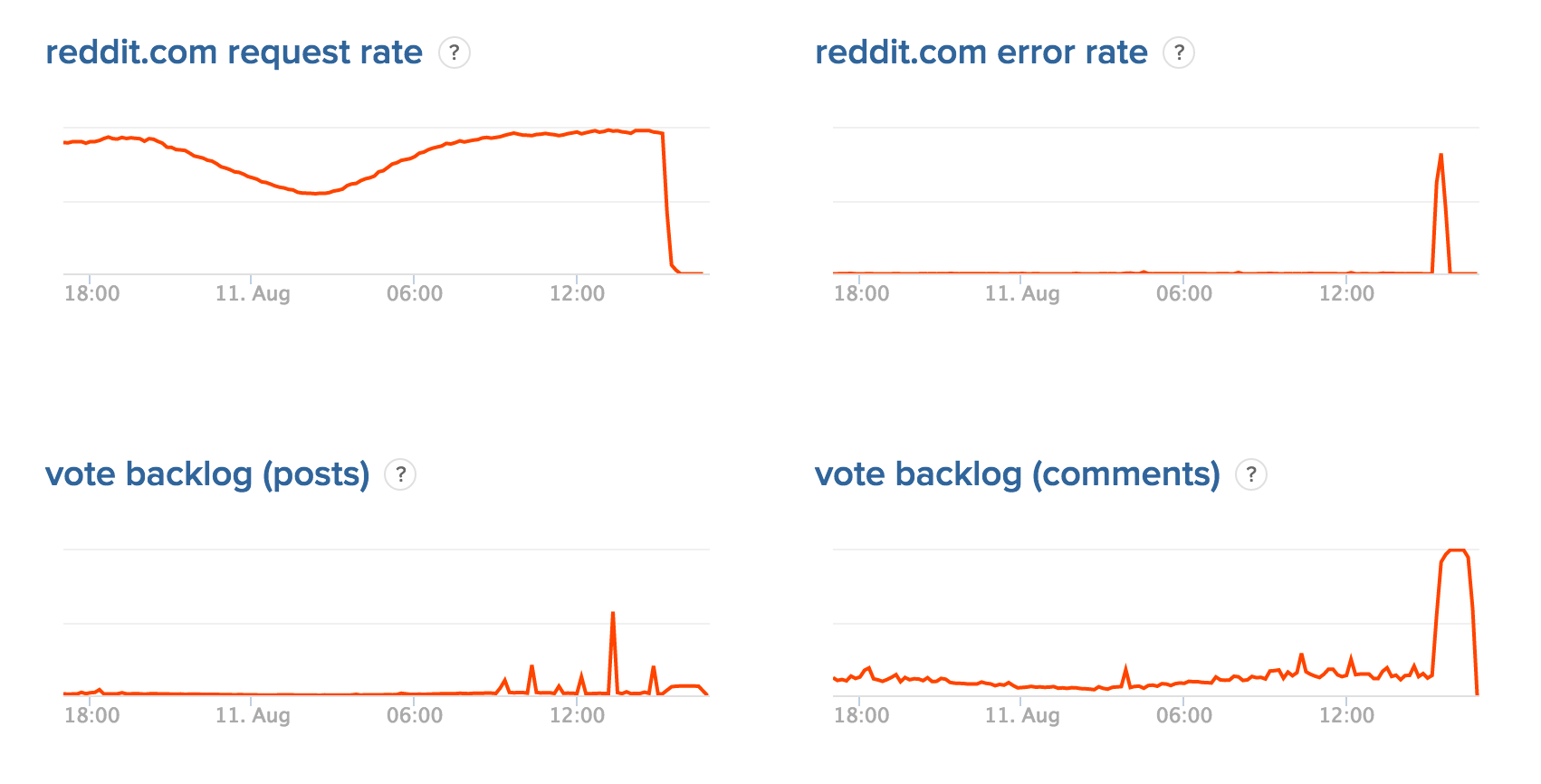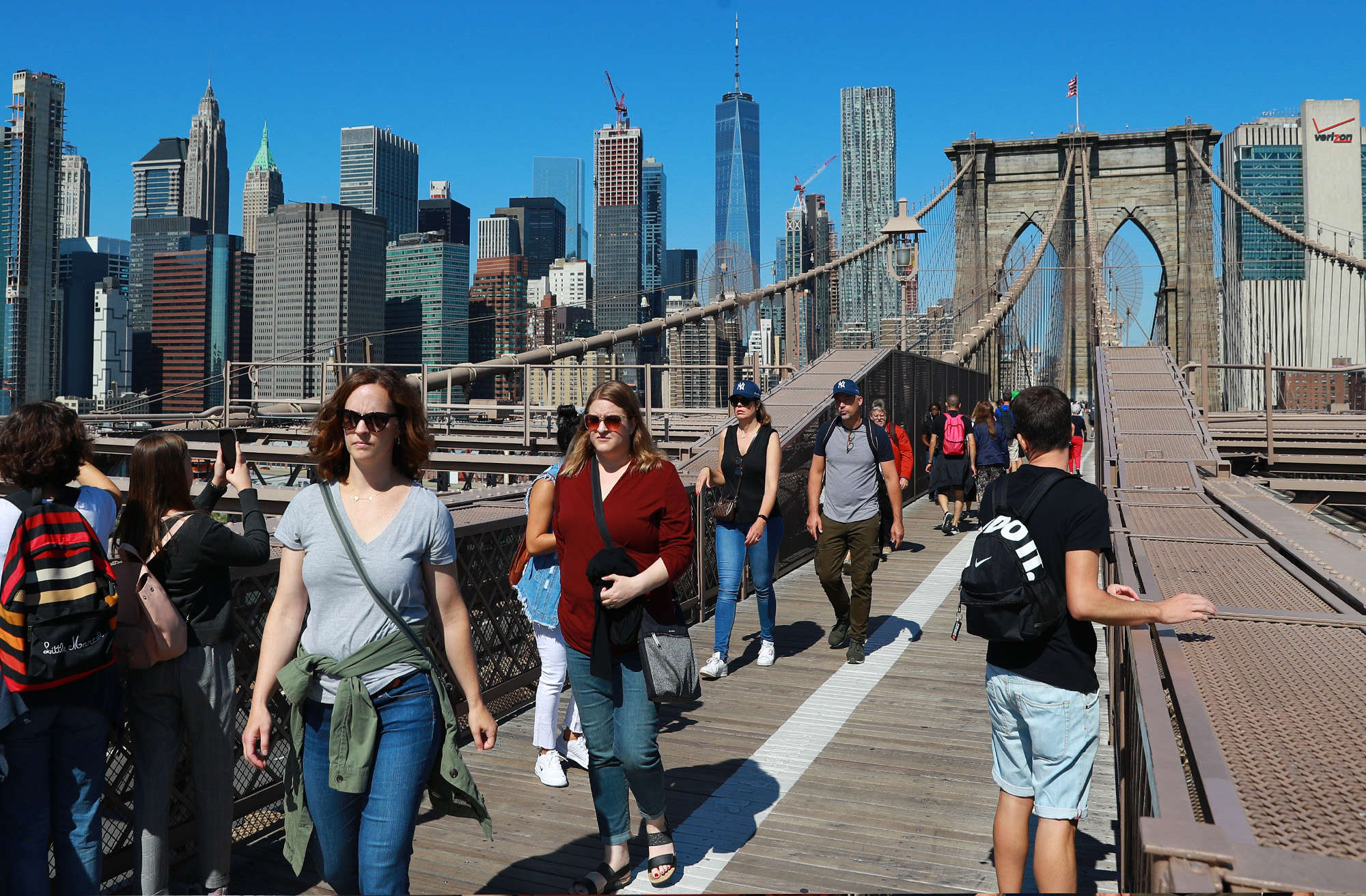Slowing Ocean Currents: Supercharging US Sea Level Rise

Table of Contents
The Science Behind Ocean Currents and Sea Level Rise
Ocean currents are the lifeblood of our planet's climate system, acting as a massive, global heat distribution system. The disruption of these currents, particularly the slowing of major systems, significantly impacts sea levels and weather patterns worldwide.
Understanding Thermohaline Circulation (THC)
Thermohaline circulation (THC), also known as the ocean's "conveyor belt," is a complex system driven by differences in water temperature (thermo) and salinity (haline). This global circulation pattern plays a vital role in regulating Earth's climate.
- Processes involved in THC: Warm, salty water flows from the tropics towards the poles, where it cools and becomes denser, sinking to the ocean depths. This sinking water then flows back towards the equator, completing the cycle.
- Disruptions to THC: Factors such as increased freshwater input from melting glaciers and ice sheets, and changes in water temperature due to climate change, can alter water density and disrupt the delicate balance of THC. This disruption weakens the current, affecting its ability to distribute heat effectively. The Atlantic Meridional Overturning Circulation (AMOC), a crucial component of the THC, is particularly vulnerable to these changes.
The Impact of Climate Change on Ocean Currents
Climate change, primarily driven by increasing greenhouse gas emissions, is significantly impacting ocean currents.
- Effects of thermal expansion and melting glaciers: Rising global temperatures lead to thermal expansion of seawater, increasing ocean volume and contributing to sea level rise. Simultaneously, melting glaciers and ice sheets add vast amounts of freshwater to the oceans, further disrupting salinity and density gradients that drive THC.
- Changes in salinity disrupting circulation patterns: Increased freshwater input from melting ice reduces the salinity of ocean water, making it less dense and thus less likely to sink. This reduction in sinking water weakens the entire THC system, impacting its ability to distribute heat globally and influencing regional sea levels. Ocean warming exacerbates this effect.
The Specific Impact on US Coastlines
The consequences of slowing ocean currents are particularly pronounced along the US coastlines, leading to varying degrees of accelerated sea level rise.
Regional Variations in Sea Level Rise
Sea level rise is not uniform across the US. Certain regions are disproportionately vulnerable due to a combination of factors.
- Areas most vulnerable: Coastal areas in Florida, Louisiana, and parts of the East Coast are experiencing some of the highest rates of sea level rise, exacerbated by the slowing of ocean currents and land subsidence (sinking land).
- Geographical factors: Land subsidence, geological factors, and regional oceanographic processes contribute to regional variations in sea level rise. For example, the sinking of land in some areas combines with rising sea levels to create a more severe impact.
Consequences of Accelerated Sea Level Rise for Coastal Communities
Accelerated sea level rise due to slowing ocean currents poses severe threats to US coastal communities:
- Economic, social, and environmental impacts: The consequences include significant property damage, displacement of populations, loss of vital infrastructure (roads, bridges, power plants), and devastating ecosystem disruption (coastal wetlands, salt marshes).
- Increased storm surge vulnerability: Slower currents can contribute to higher storm surges, increasing the frequency and intensity of coastal flooding events.
Mitigation and Adaptation Strategies
Addressing the threat of slowing ocean currents and their impact on US sea level rise requires a two-pronged approach: mitigation and adaptation.
Reducing Greenhouse Gas Emissions
The most crucial step is to drastically reduce greenhouse gas emissions to slow the pace of climate change and its effects on ocean currents.
- Mitigation strategies: This involves transitioning to renewable energy sources, implementing robust national and international climate policies, and promoting sustainable practices at individual and community levels. International agreements like the Paris Agreement play a vital role.
Coastal Protection and Adaptation Measures
While mitigation is crucial to address the root cause, adaptation strategies are necessary to cope with the existing and projected impacts of sea level rise:
- Adaptation strategies: These include building seawalls, implementing managed retreat (planned relocation of communities), improving drainage systems, developing robust early warning systems for coastal flooding, and investing in resilient infrastructure.
Conclusion: Addressing the Threat of Slowing Ocean Currents and US Sea Level Rise
Slowing ocean currents are undeniably exacerbating sea level rise along the US coastlines, leading to devastating consequences for coastal communities and ecosystems. The link between these phenomena is clear, demanding urgent action. The urgency of the situation cannot be overstated; immediate and sustained efforts to mitigate climate change and adapt to its impacts are critical to protecting our coastlines. Understanding the impact of slowing ocean currents on US sea level rise is crucial. Learn more about this critical issue and take action today to protect our coastlines. Support climate action initiatives, advocate for effective policies, and contribute to building more resilient coastal communities.

Featured Posts
-
 Pregnant Cassie Ventura And Husband Alex Fine Make First Public Appearance
May 18, 2025
Pregnant Cassie Ventura And Husband Alex Fine Make First Public Appearance
May 18, 2025 -
 Ellinikes Epixeirimatikes Epityxies Ta Onomata Poy Kyriarxoyn Sti Lista Disekatommyrioyxon Toy Forbes
May 18, 2025
Ellinikes Epixeirimatikes Epityxies Ta Onomata Poy Kyriarxoyn Sti Lista Disekatommyrioyxon Toy Forbes
May 18, 2025 -
 Widespread Reddit Outage Leaves Thousands Offline
May 18, 2025
Widespread Reddit Outage Leaves Thousands Offline
May 18, 2025 -
 Urgent Safety Review For 9 Nyc Bridges In Wake Of Baltimore Bridge Failure
May 18, 2025
Urgent Safety Review For 9 Nyc Bridges In Wake Of Baltimore Bridge Failure
May 18, 2025 -
 Amsterdam Dam Square Driver Dies Following Car Explosion Suicide Probe Underway
May 18, 2025
Amsterdam Dam Square Driver Dies Following Car Explosion Suicide Probe Underway
May 18, 2025
